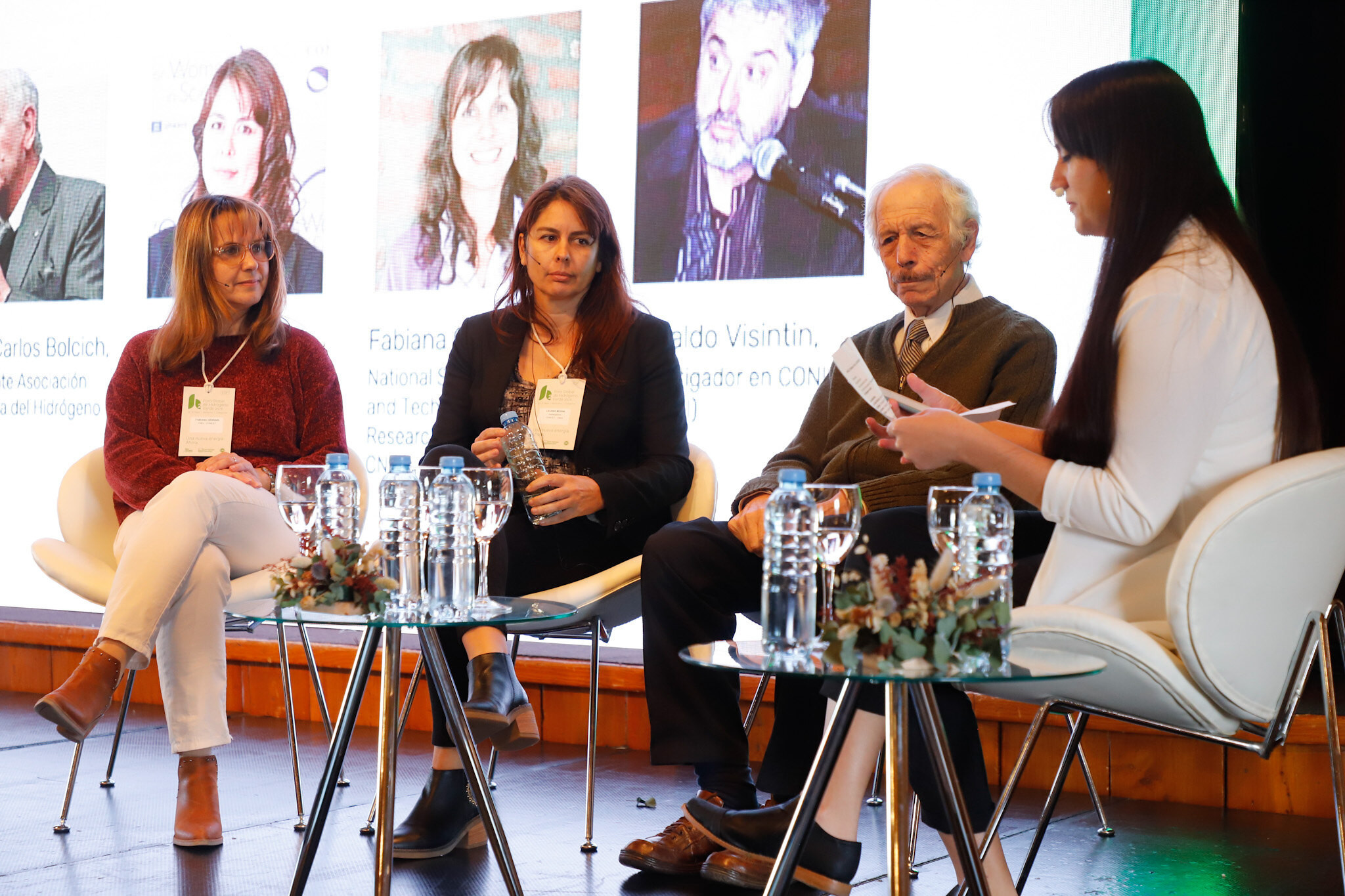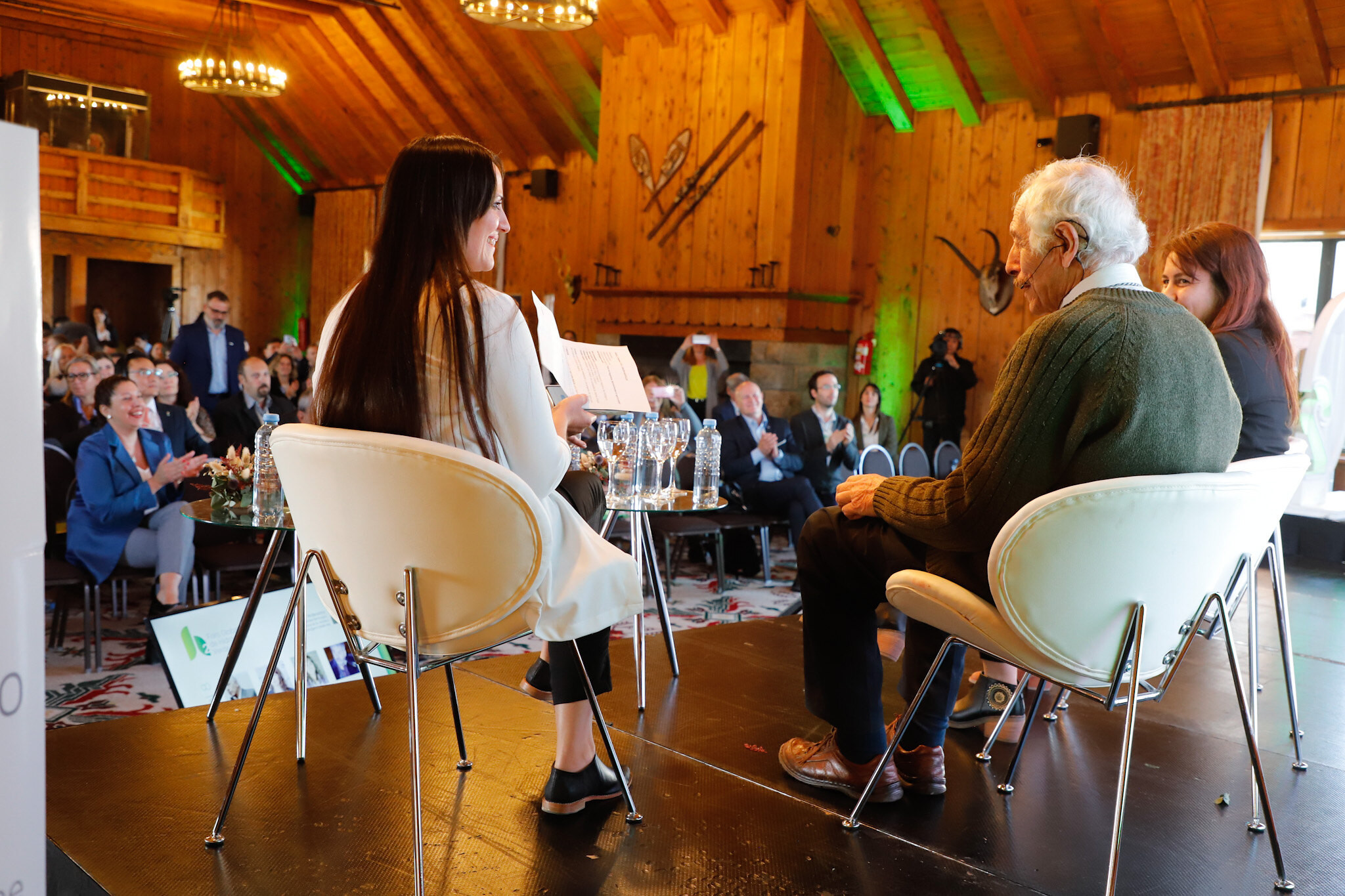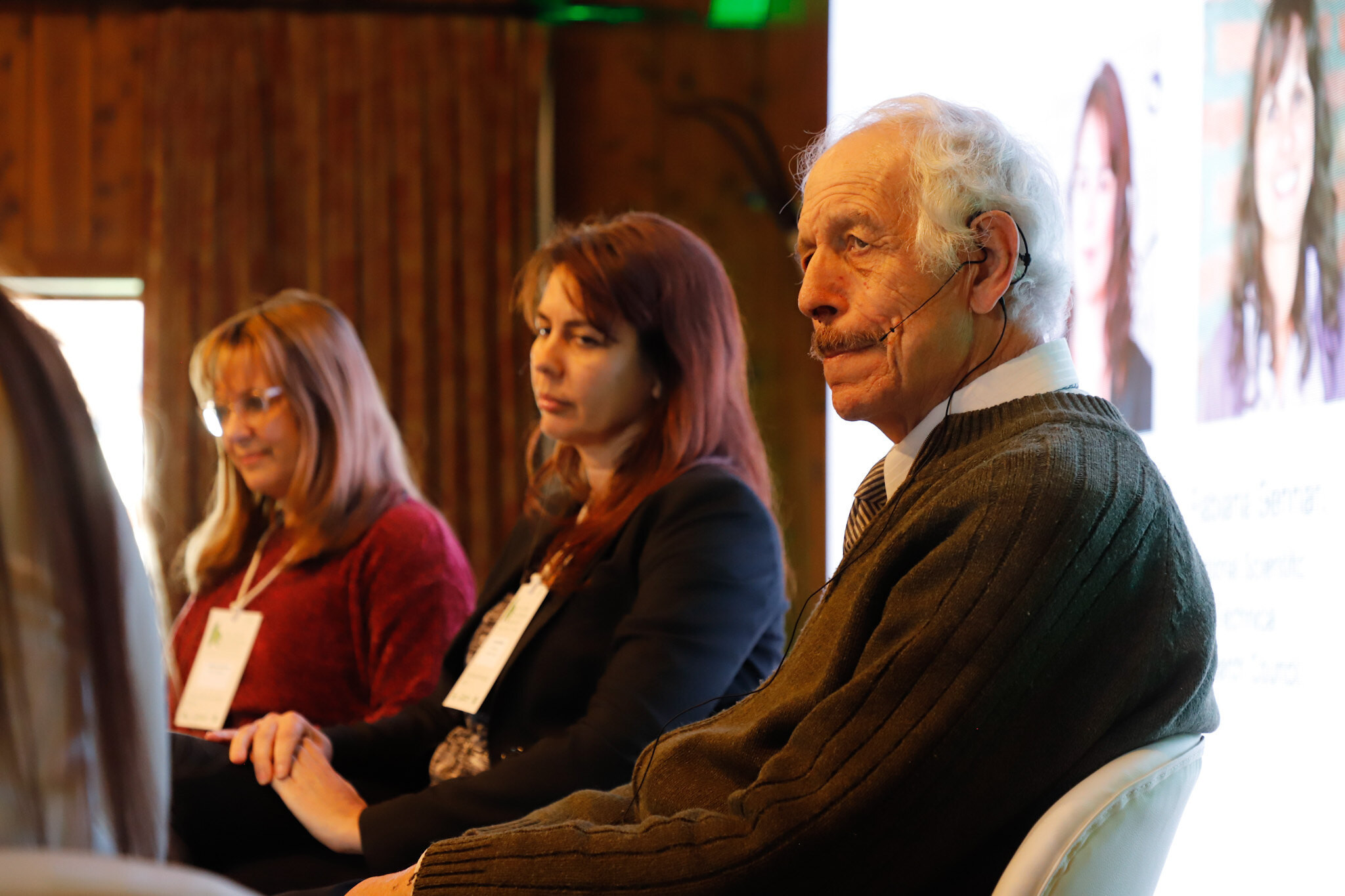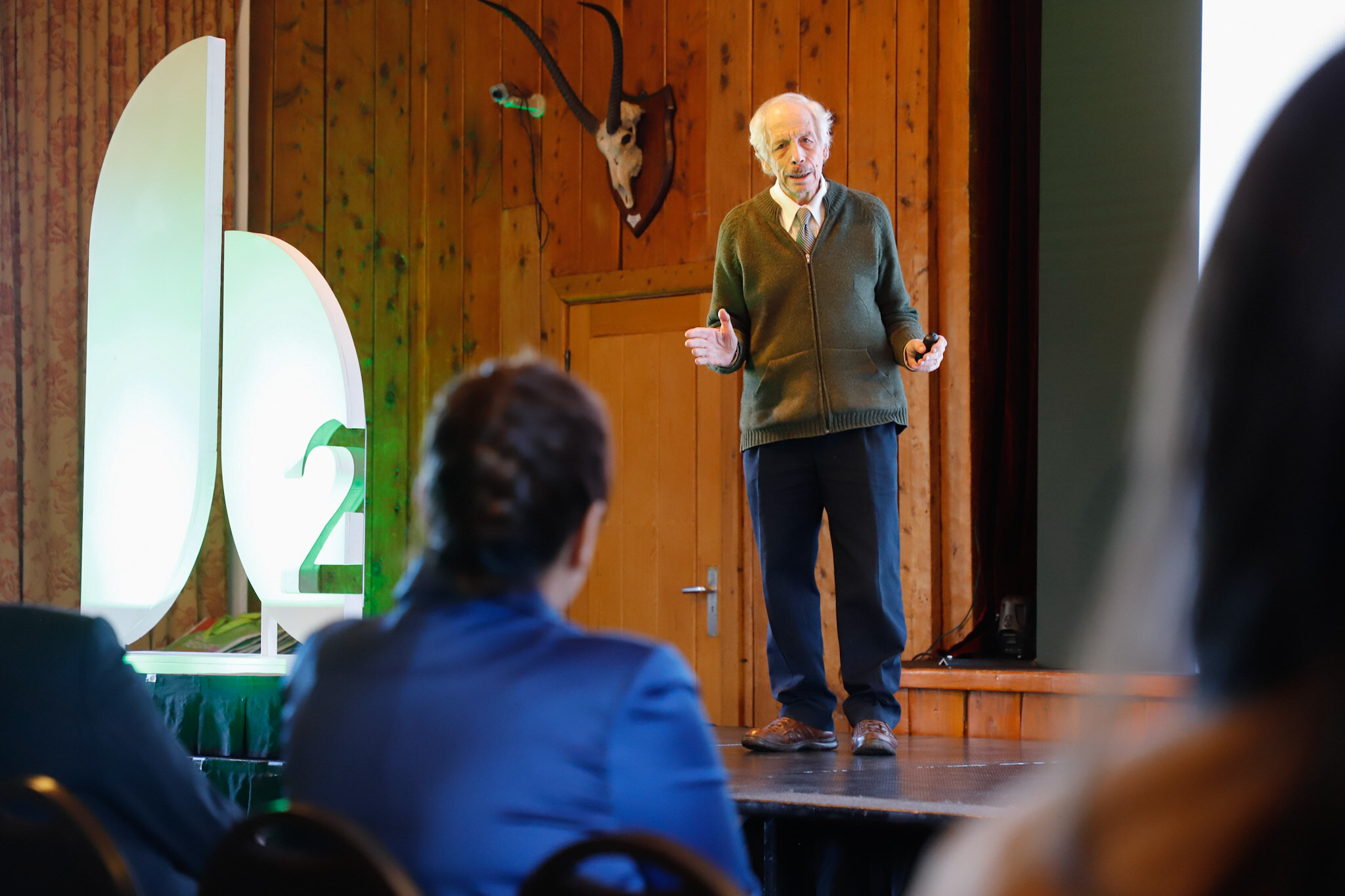Green Hydrogen
Interest in Argentina: taking advantage of the green hydrogen opportunity
Four experts of the national scientific and technological system analyzed the opportunities that hydrogen can bring to the country. They also presented the main projects that place them at the top of research in Argentina.
Fecha: 19 de mayo de 2023
Juan Carlos Bolcich, President of National Hydrogen Association, introduced by the moderator of the panel, Daniela Bentivoglio, as "the national hero of hydrogen" thanked that "after many years of working on these dreams, they are beginning to develop and to become a reality.” He then gave an overview of the work carried out on all the different aspects and assured that "it is good for Río Negro, for Patagonia, for the country, for Latin America and the world to move to decolonization and to continue enjoying a pristine atmosphere.”
He pointed out that the hydrogen industry provides opportunities for companies in the so-called "win-win,” for governments with an economic income from a genuine activity, and for the community, the main beneficiary regarding the improvement of life quality.

He emphasized that Río Negro has an important synergy of resources synthesized in wind, solar, hydroelectric, biomass and water pumping energy. "Río Negro combines all renewable energies," he summarized. Moreover, he added that in its territory there is a lot of water that, well managed and with the appropriate technology, can provide hydrogen, electric energy and heat.
In this regard, he mentioned that in Bariloche the scientific-technological pole that is growing, and that the province already has a Diploma in Green Hydrogen issued by the University of Rio Negro.

Finally, he pointed out the benefits that the hydrogen industry could bring to the nation, and he emphasized the economic development, energy security and independence, food sovereignty and genuine productive work.
"From the National Hydrogen Association we are working for the development of energy communities with integral capacity; to develop energy in a green framework for the benefit of all,” he concluded.
Arnaldo Visintin, CONICET researcher, made a virtual presentation in which he shared key concepts about the experience of 40 years in the hydrogen issue and why it is an opportunity for our country.
He also referred to the country's scientific tradition, experiences and technological developments from research and the experience of lithium batteries.
His presentation focused on the experience of fuel cells and the developments of recent years, in addition to the evolutionary process over time, the power of the cell vs. the characteristic current density of a PEM2 cell and its development.
"These years of experience have led us to build a 300 KV battery prototype plant of lithium ion cells per month; this means that there is a resource that is being used, and Argentina will be able to train groups of expert engineers in batteries that are in great demand in Europe," he concluded.

Fabiana Gennari, National Scientific and Technical Research Council, CNEA, Buenos Aires, pointed out the potential of Bariloche and the three important research and development clusters and centers.
"Bariloche is not only bringing together human resources, but also has the scientific and technological capacity to carry out research, development and innovation," she emphasized, and assured that within this framework "the city has the capacity to carry out challenges related to hydrogen technology."
In support of her argument, Gennari explained the main initiatives and referred to the challenges involved in hydrogen throughout the value chain, with special emphasis on production, adaptation, transport, storage and utilization.
Then, she gave a technical explanation on hydrogen capture, carbon dioxide conversion by combining it with hydrogen to manufacture liquid and gaseous fuels; hydrogen storage, storage tank design in solid materials; hydrogen purification and separation; hydrogen compression using hydrides, and other ongoing projects related to the sector.
Finally, Liliana Mogni, researcher (Conicet and CNEA), presentated the projections and challenges for know-how transfers in high temperature electrolysis. She also referred to the specific type of electrolyzers and the materials that characterize these devices.
"We are interested in high-temperature electrolyzers, which have ceramic materials, and although their construction is a bit delayed, they offer higher efficiency," she said.

She also analyzed the concrete possibilities to reduce the cost of hydrogen production, "there are different parameters, to build energy at low cost or an impact in terms of cost and efficiency and degradation of the electrolyzers," she said, and assured that "these are issues specifically related to science and engineering of materials."
After providing a technical explanation on the financing of the electrolyzers, Mogni pointed out the quality of the natural resources available in Argentina. She emphasized the training of the human resources who work as a network, "we want to transfer what we know to add value and technology to national development,” she said. We are interested in high temperature electrolyzers," She concluded.

